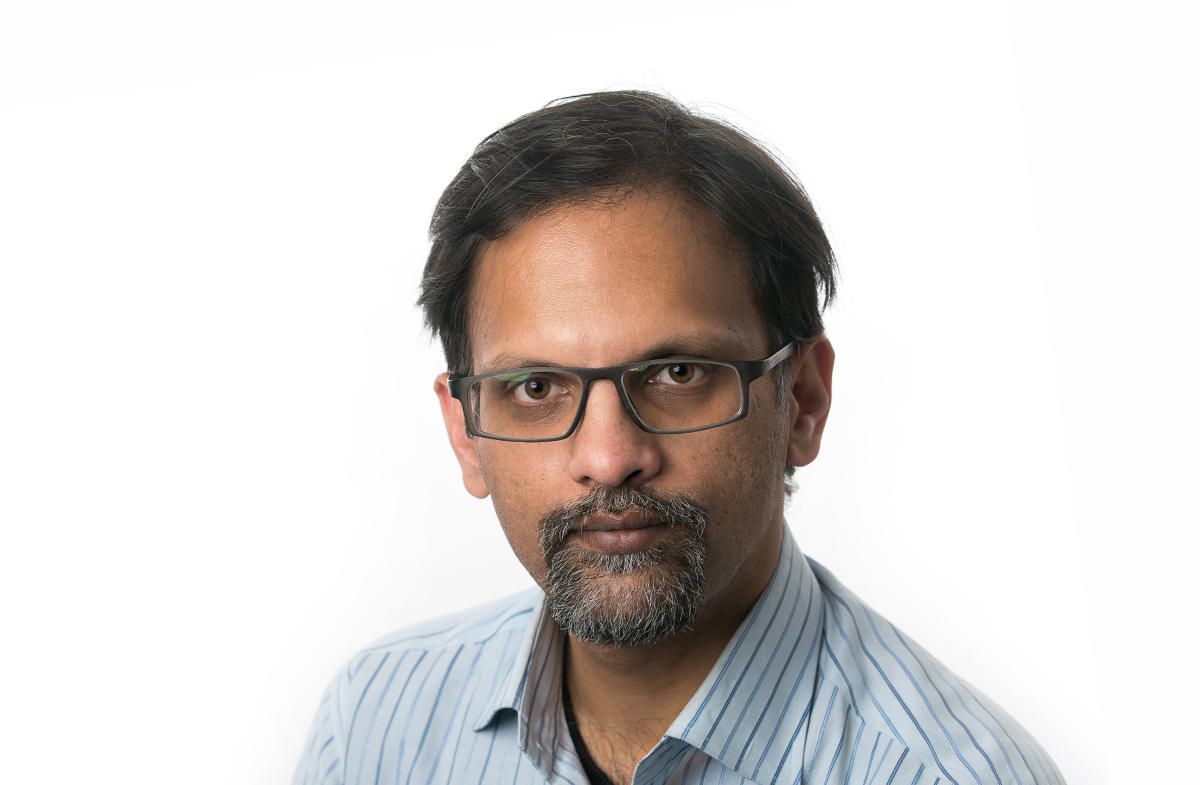
Tell us a little about yourself, Kamran
I grew up in a family where most people are either engineers or work in other areas closely related to science. This environment helped and encouraged me to learn the fundamental concepts and processes which are essential for different things to work efficiently. I believe, especially in the area that we work in, that understanding the correct application of fundamental scientific and engineering concepts is the key to success.
Apart from work and spending time with my family, I am a keen motorcycle rider and always interested in picking up a new hobby to learn a new skill.
Can you tell us more about your professional background?
I have finished an MSc degree in Medical Physics and Electronics from Queen Mary University of London and my PhD in Biomedical Engineering from City, University of London. After my PhD, I continued at City, University of London in a post-doctoral research position before joining B-Secur.
My professional areas of interest include digital filter design, spectral analysis, and signal processing in general. For my master final year project, I designed a digital filter for removal of ventilator artefact from PPG signal for accurate estimation of arterial blood saturation (SpO2). My PhD research was related to analysing changes in heart rate variability during local anaesthesia. During post-doc, my focus was on the development of various PPG analysis algorithms to obtain useful physiological/medical information.
Can you tell us more about your role at B-Secur?
As a member of the algorithm team in B-Secur, my primary responsibility includes the development and initial validation of signal processing algorithms for signals such as ECG and PPG. The focus of our team is to be able to develop algorithms which can accurately and efficiently extract information for biometric authentication and health and wellness.
“With the advancements in wearable technology, the various kinds of sensors that are now available make it possible to get a more precise and complete picture of physiological dynamics. Being ready to cope with this rapid development represents a big challenge and exciting times for our team and the whole company.”
Why is it important to combine ECG and PPG in wearable devices?
For a complex system like the human body, taking information from multiple signals and parameters can yield health and wellness information that can be greater than the sum of its parts. When someone goes into the hospital, the parameters that are monitored from a general health and wellness perspective are heart function, blood pressure, respiration and blood oxygen saturation.
Neither ECG nor PPG alone can provide all this information, therefore to achieve their full potential the next generation of wearable devices must use a combination of information obtained from different sensing modalities.”
“A combined continuous PPG and ECG device is advantageous as PPG can be constantly analysed for rhythm abnormalities. If any are detected, the user can be immediately notified to take an ECG recording. ECG is already the standard diagnosis tool by doctors. This helps screen for paroxysmal Atrial Fibrillation that is hard to catch in clinical settings.”
What is the one piece of advice you’d give to someone questioning whether to get a combined solution of ECG and PPG?
Every product is going to have its own unique requirements and expectations, but ECG and PPG can really help elevate your device; having data available from more than one sensing modality will allow you to have access to more accurate and continuous health related data. Thinking about the devices I would purchase myself, I would be happier with a watch which is accurate in displaying the current time and alerting me of any possible heart arrhythmias compared to a watch that gives email reminders accurately but does the health check as an afterthought.”
“HeartKey® is specifically designed with the smartwatch population in mind. The public are significantly healthier in general than those who are found in clinical settings. For this reason, the HeartKey algorithms are carefully trained to reduce the number of false positives identified in healthy populations.”